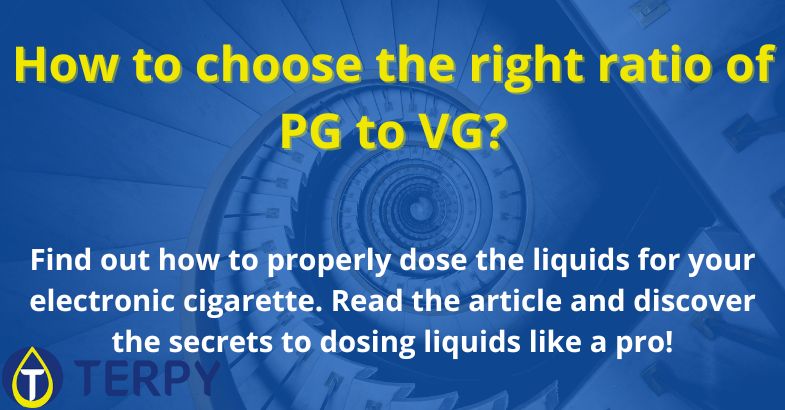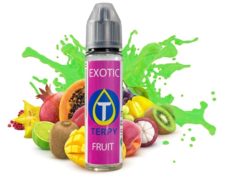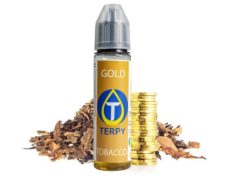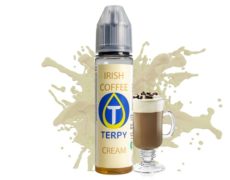Published on: 07/06/2024
Find out how to properly dose the liquids for your electronic cigarette. Read the article and discover the secrets to dosing liquids like a pro!
What are PG and VG?
Propylene glycol (PG) is a clear, flavourless liquid that is widely used in e-cigarette liquids. Its main function is to transport flavour and create the ‘throat hit’ sensation so sought after by vaping enthusiasts.
Vegetable glycerine (VG) is a compound derived from vegetable oils, and is known for its ability to produce more vapour.
Both play a crucial role in creating the vaping experience.
Read also: Guide to the various types of tobacco and their characteristics
Differences between PG and VG
Knowing the differences between propylene glycol and vegetable glycerine is essential to understanding how vaping works!
Propylene glycol (PG) and vegetable glycerine (VG) differ mainly in their characteristics and effects during inhalation.
PG is known to transport flavours more intensely and sharply, offering a vaping experience more akin to traditional smoking and a more pronounced throat hit, ideal for those seeking a sensation similar to cigarette smoke.
VG, on the other hand, allows more vapour to be produced and offers a softer sensation in the throat, although it can attenuate the intensity of flavours.
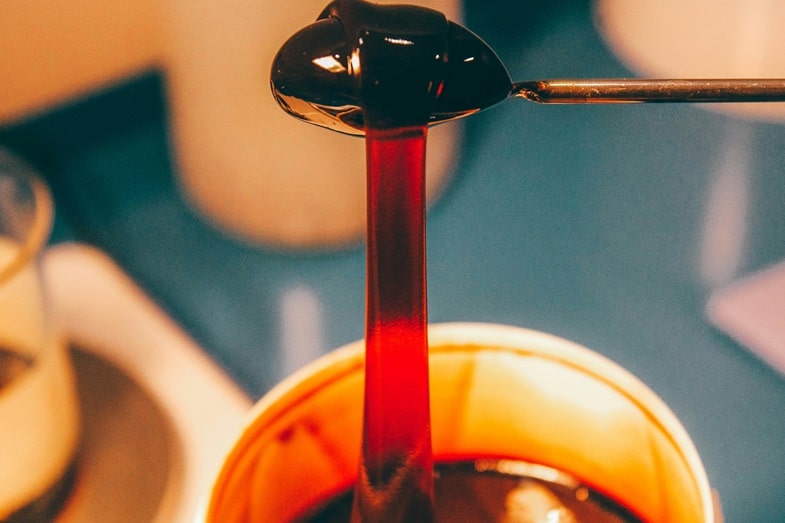

How to dose PG and VG correctly
Personal preferences play a key role in selecting the ratio of PG to VG for an optimal vaping experience; in fact, vapers are looking for the perfect mix that gives them the desired sensations when inhaling.
For some, a high proportion of PG is the perfect choice because of its more pronounced effect on the throat hit, almost identical to the sensation of smoking a traditional cigarette: this throat hit may be particularly welcome for those seeking a smooth transition from the smoking habit
Those who are interested in generous vapour production and a softer sensation in the throat might opt for a larger amount of VG in the blend. This type of ratio gives a denser vapour cloud and a softer sensation when inhaling, perfect for recreational vapers or those who want a gentler sensation.
Therefore, the choice of PG VG ratio depends on the individual preference of each user: those who prefer a more pronounced flavour and a stronger throat hit will opt for a higher proportion of PG, while those looking for greater vapour production and a softer feel may prefer a higher amount of VG.
Effects on taste
The ratio of propylene glycol (PG) to vegetable glycerine (VG) has a significant impact on the flavour of the vaping experience. PG is known for its ability to carry e-liquid flavours more intensely and sharply than VG.
This means that a higher proportion of PG in the blend tends to enhance the vibrancy and clarity of flavours, offering a more defined and pronounced taste experience.
On the other hand, VG contributes to a sweeter and smoother sensation during inhalation, which may influence the overall flavour perception. Consequently, the choice of PG/VG ratio can make a difference in achieving the desired flavour profile. For example, for those who desire a bolder and stronger aromatic performance, a higher proportion of PG may be the ideal choice.
Conversely, for those who prefer a softer feel and enveloping sweetness, a higher ratio of VG might be the ideal solution. Understanding these dynamics is essential to tailor the vaping experience to personal taste.
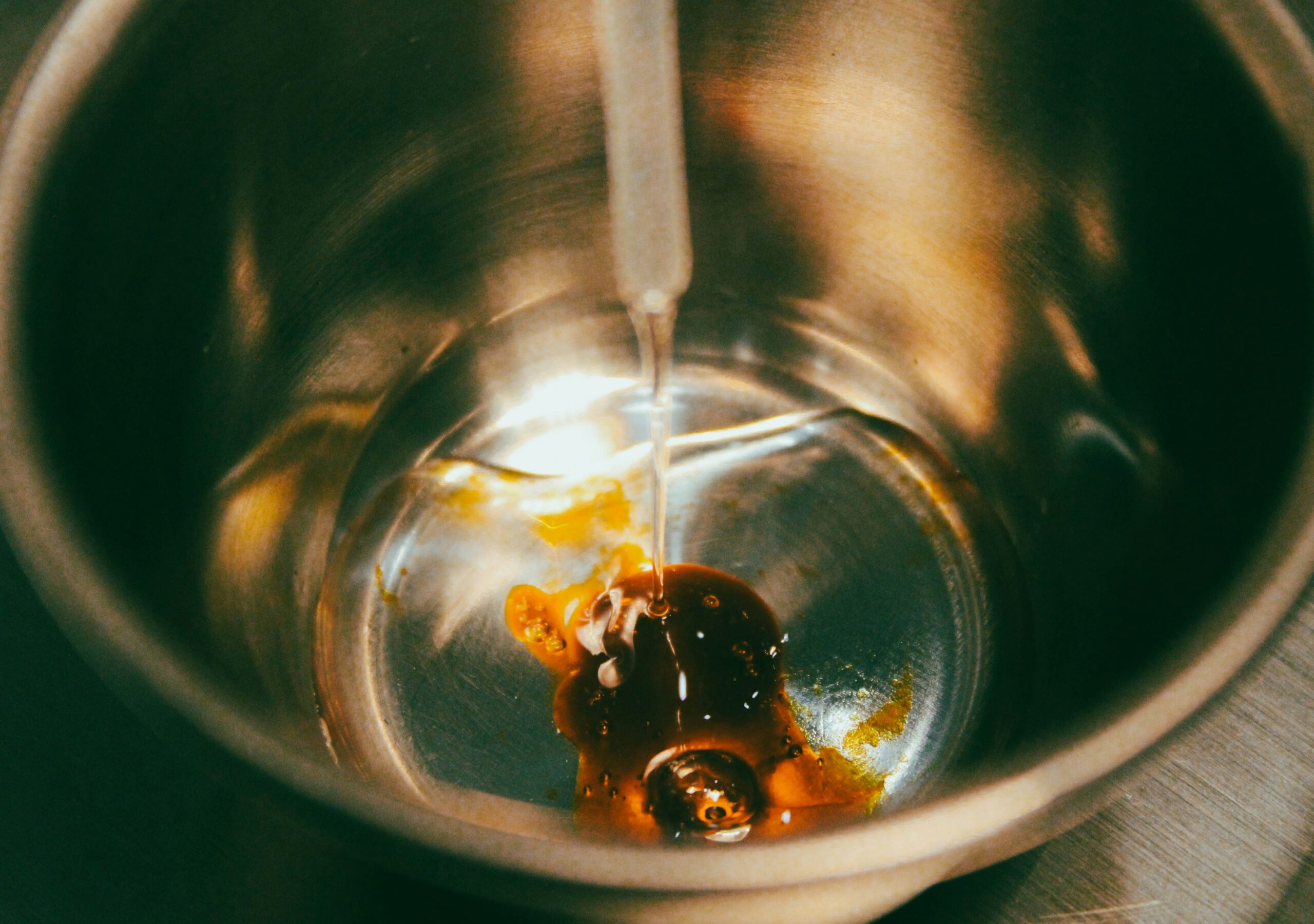

What effects do the different dosages have on the electronic cigarette?
The choice of dosage between propylene glycol (PG) and vegetable glycerine (VG) is not only limited to taste perception and vapour production, but also influences the life of the coil and the overall performance of the vaping device.
As a rule, blends with a higher percentage of VG tend to be denser, which can cause a faster build-up of residue on the coils. This can lead to reduced coil life and an increased risk of premature burns.
In contrast, blends with a higher percentage of PG are smoother, reducing the risk of residue build-up and thus prolonging coil life.
In addition, the PG/VG ratio can also influence the overall viscosity of the e-liquid, which can in turn have an impact on the performance of the device, especially in those with more complex fuel systems.
It is therefore important to carefully assess the PG/VG ratio in relation to the type of coil and device used in order to maximise coil lifespan of the e-cigarette.
Conclusion
In conclusion, the choice of the ratio of propylene glycol (PG) to vegetable glycerine (VG) is a key element in optimising the vaping experience according to each individual’s preferences.
It is important to consider several factors, such as throat hit, vapour production and aromatic intensity, in order to find the ideal mix that meets one’s preferences. For those who want a similar experience to traditional smoking and a stronger throat hit, a higher percentage of PG might be the best choice.
It is equally important to consider the effect of the PG/VG ratio on coil life and the overall functioning of the vaping device.
Finally, staying up-to-date on the latest research can help guide informed choices regarding e-cigarette longevity.

